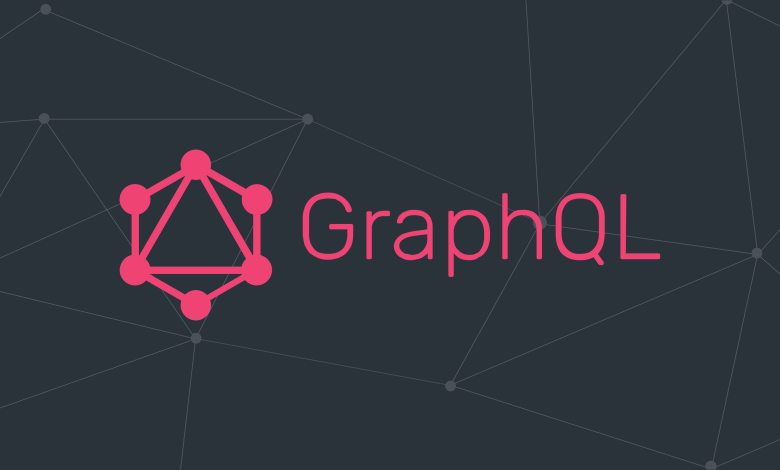The Role of GraphQL in Modern Web Development

For years, REST APIs dominated how data was delivered between clients and servers. While REST is still widely used, modern web applications demand greater flexibility, efficiency, and speed. That’s where GraphQL comes in.
Developed by Facebook in 2012 and open-sourced in 2015, GraphQL has quickly become a popular choice for developers looking to overcome the limitations of REST.
In this article, we’ll explore what GraphQL is, how it differs from REST, its advantages, real-world use cases, and how it shapes the future of web development.
1. What is GraphQL?
- Definition: GraphQL is a query language for APIs and a runtime for executing queries.
- Purpose: Allows clients to request exactly the data they need — nothing more, nothing less.
- Core Idea: Instead of multiple endpoints (like REST), GraphQL has a single endpoint that handles all requests.
2. How GraphQL Works
- Client sends a query specifying which fields it wants.
- Server processes the query and fetches only the requested data.
- Response matches the query shape, making it predictable and efficient.
👉 Example:
REST API request:
GraphQL request:
Response:
3. GraphQL vs REST
| Feature | REST | GraphQL |
|---|---|---|
| Endpoints | Multiple (e.g., /users, /posts) |
Single endpoint |
| Data Fetching | Over-fetching or under-fetching common | Client specifies exact fields |
| Flexibility | Rigid responses | Highly flexible queries |
| Performance | Multiple requests may be needed | Fewer requests, optimized |
| Versioning | Requires new endpoints | Evolving schema handles updates |
4. Advantages of GraphQL
- Efficiency: Fetch only the data you need.
- Reduced Network Calls: One request can retrieve multiple resources.
- Strong Typing: Schema defines types and relationships clearly.
- Self-Documentation: Clients can introspect schema for available queries.
- Great for Mobile & Low-Bandwidth: Reduces unnecessary data transfer.
5. Challenges of GraphQL
- Complexity: Steeper learning curve than REST.
- Caching Issues: REST benefits from HTTP caching; GraphQL requires custom caching strategies.
- Overhead for Simple APIs: For small projects, REST may be easier.
- Security Concerns: Malicious queries could request massive datasets (needs query depth limiting).
6. GraphQL Ecosystem
- Apollo GraphQL: Popular client & server framework.
- Relay (by Meta): Focused on large-scale React apps.
- Hasura: Instant GraphQL APIs on top of databases.
- GraphQL Yoga & Mercurius: Lightweight Node.js GraphQL servers.
7. Real-World Use Cases
- Facebook: Original creators, still rely heavily on it.
- GitHub: GitHub’s v4 API is powered by GraphQL.
- Shopify: Enables merchants to fetch specific storefront data.
- Twitter: Used for efficient timeline rendering.
8. GraphQL in Modern Web Development
- Perfect for SPAs (Single Page Applications) and mobile apps.
- Works seamlessly with React, Vue, Angular.
- Powers microservices architectures, unifying data sources under a single query layer.
- Enables real-time updates via subscriptions (e.g., chat apps, dashboards).
9. Best Practices for GraphQL
- Limit query depth to prevent abuse.
- Use DataLoader to batch requests and prevent N+1 problems.
- Implement strong authentication & authorization.
- Use monitoring tools to analyze query performance.
10. Future of GraphQL
- GraphQL Federation: Stitching multiple GraphQL services together.
- Serverless & Edge Functions: Deploying GraphQL APIs closer to users.
- Improved Tooling: Enhanced debugging, monitoring, and caching solutions.
Conclusion
GraphQL is transforming how developers build APIs by offering flexibility, performance, and scalability. While REST isn’t going anywhere, GraphQL is rapidly becoming the preferred choice for modern, data-driven applications.
If you’re working on a complex web or mobile app that needs optimized data fetching, GraphQL is a technology you can’t afford to ignore.

